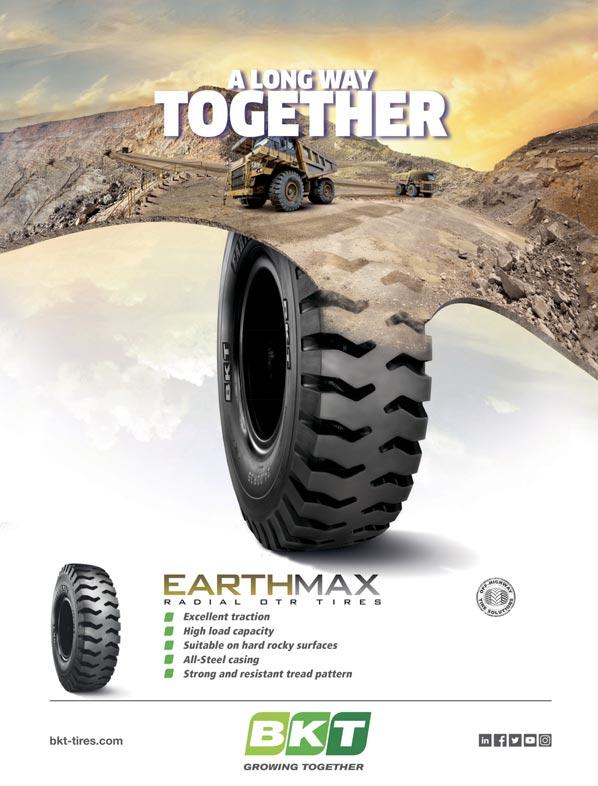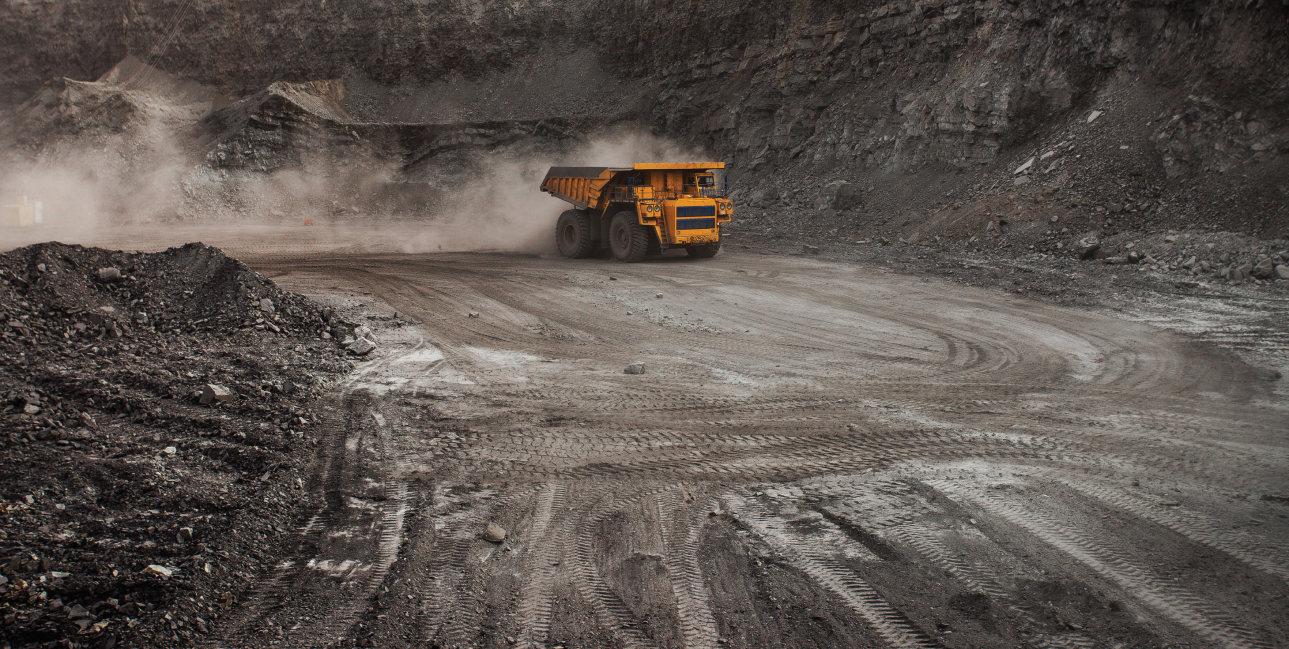
7 minute read
Sustainability in focus
The Middle East mining industry is going through several changes.
Photo Credit : Adobe Stock
Accelerating sustainability in mining
The pillars of energy efficiency, yield improvement and low greenhouse emissions, and others, are gaining increasing focus in the industry. Fyna Ashwath reports.
ATHRIVING AND healthy mining and metals sector is crucial for the global economy and to support the innovation of new technologies and materials needed for climate change reduction, environment protection, as well as the circular economy.
Middle East mining
The mining sector in Saudi Arabia is witnessing major changes to achieve one of the most important goals of Vision 2030, which is to diversify the resources of the national economy and make it the third pillar of the local industry, along with oil and petrochemical industries, according to the AlEqtisadiah newspaper quoting Khalid AlMudaifer, vice minister of industry and mineral resources for mining affairs, as saying.
Oxford Business Group's Focus report on Egypt's petroleum and mining reveals that the mining industry is set to be one of the fastestgrowing and most strategically important sectors.
In the UAE too, the industry is witnessing changes. The Mining Show this year will bring together the stakeholders that represent the entire regional mining, quarrying and mineral processing ecosystem. The event will cover major projects, the latest opportunities in mineral exploration, reformation of codes and regulations, and development of operations across several exciting countries.
Focus on sustainability
As with other sectors, the Middle East is giivng a lot of importance to sustainability in the mining sector. The emphasis on global decarbonisation, is also heavily reliant on he sustainable production of minerals and commodities.
Schneider Electric and AVEVA are companies providing tools required by organisations to make informed decisions that will empower people across the mining, minerals, and metals value chains to be more strategic in their choices based on sound advice with sustainability in mind. They are assisting operators and managers in these choices leaving these organisations well positioned to tackle some of the challenges associated with adopting sustainable practices, potentially resulting in reduced operating costs and thus providing the rare ability of appeasing all stakeholders.
According to an IDC Technology Spotlight, sponsored by AVEVA and Schneider Electric, Transitioning to Sustainable Mining, Minerals and Metals Practices, the top three market pressures driving the sustainability agendas of mining and metals organizations are: • Need to improve brand equity • Reduce the risk of an adverse event • Ensure compliance with current and future regulations

Electrification in mining is gaining significance.
Key takeaways from IDC Technology Spotlight:
• Transitioning to Sustainable Mining,
Minerals, and Metals Practices • Sustainability strategy improvement is the number one driver for the future of mining organisations. • 71% of mining organisations support sustainability goals with established formal programmes endorsed by executive sponsorship. • 87% have business processes that are standardised and transparent across all functional groups • Despite 56.5% of organisations having implemented operational metrics linked to sustainability goals, only 37.1% utilize sustainability scorecards, impacting the ability to create value and success from those initiatives. • Yet, 27.4% of mining and metals organisations see improving brand equity as a top driver for sustainability, compared with the overall industry average of 18%. • Mining, minerals, and metals companies
are on the road to delivering impactful outcomes outside traditional power purchase agreements (PPAs) – but have a long way to go. • Digital integrated operations can address key areas of the industrywide sustainability agenda by combining power and process intelligence and controls
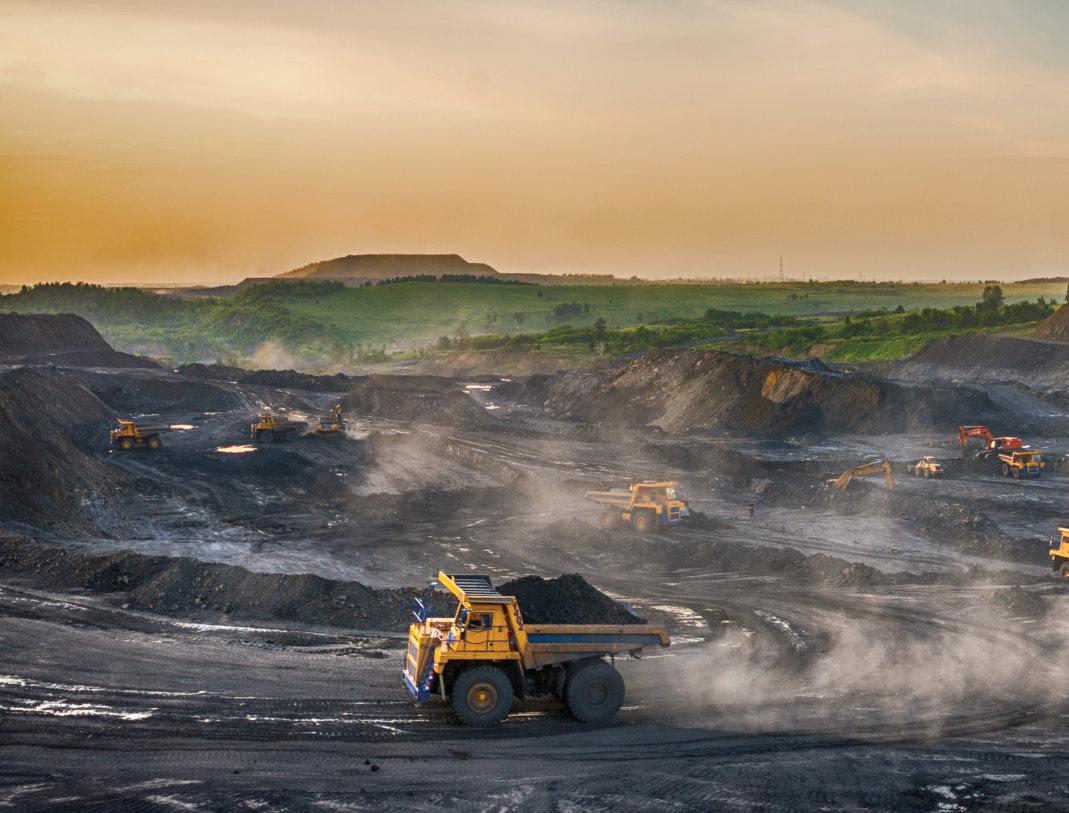
“Technology has a critical role to play in supporting mining companies,” said Ben Kirkwood, senior research manager, IDC Energy Insights WW Mining. “Efforts to hit sustainability targets and gain greater visibility and control over operations will enable corporate insight and action relating to energy, water usage, and management of the operational environment. IDC’s global analysis of the revenue growth and profitability of industrial companies shows that those with a committed and ongoing sustainabilitybased strategy combined with a longterm, funded, digital transformation agenda considerably outperform their competitors.”
Electrification in mining
The new IDTechEx report, "Mining Electrification: Vehicles, Generation, Repurposing 20222042," reveals many surprises and gaps in the market for everything from the humble gravel pit to diamonds four kilometers below, and oceanfloor mining. All are headed for zeroemission batteryelectric vehicles and processing, with electricity made onsite from sun, wind, and even water power each transitioning to better versions.
Electrification is inevitable, driven by cost, regulations, health, reputation, and evertougher location, morphology, and toxicity of remaining reserves. The unmanned mine has arrived and, to be optimal, it can only be electric. The report explains why faster adoption is possible, giving a competitive advantage.
Solar and wind power with energy independence is the mining trend but that means increased energy storage from hours to seasonal. ■
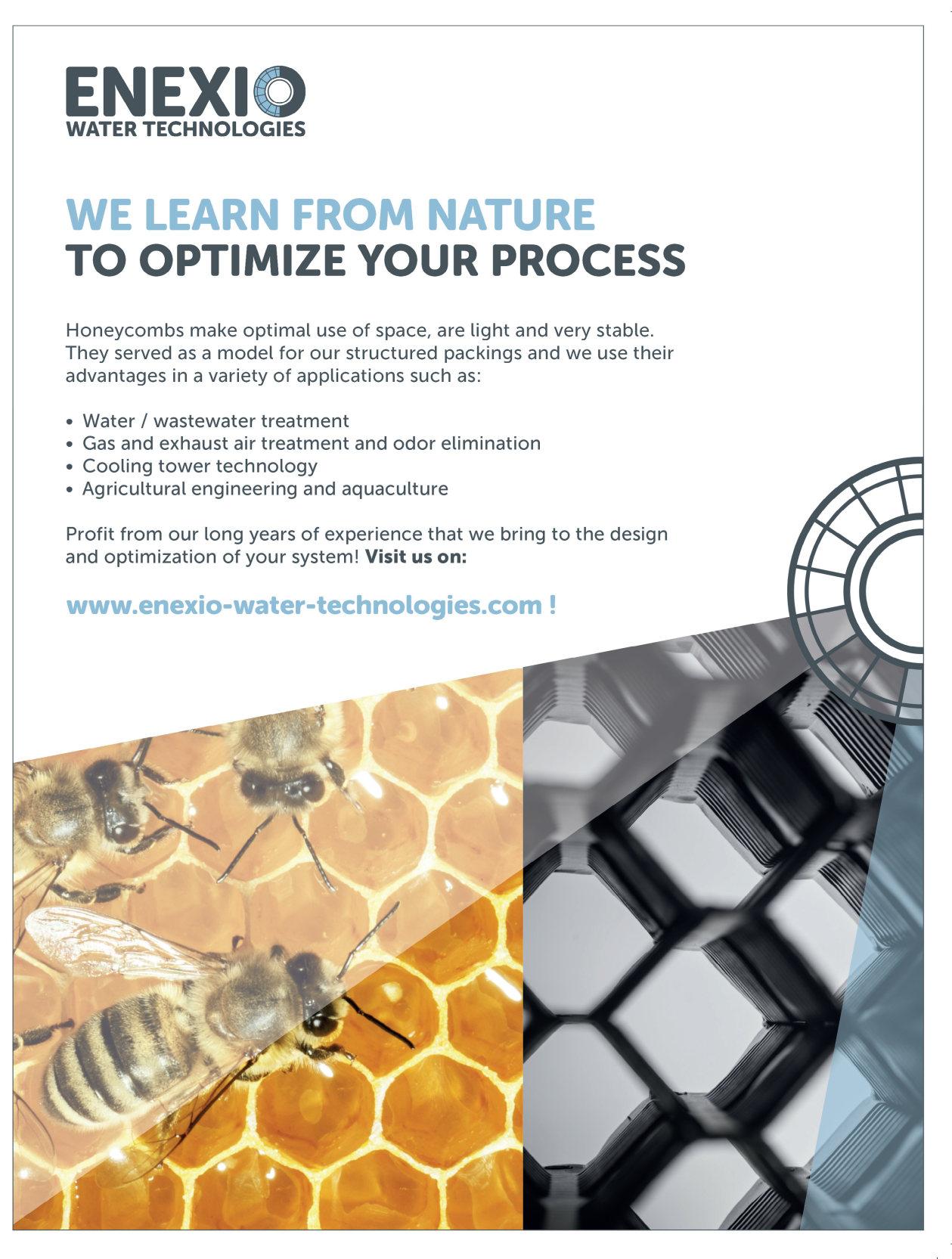
Robust measurement solutions for slurry pipelines
Alexis Alexander, product manager, VEGA, explains how automation in mining has improved the measurement of critical parameters such as the pressure, flow and density of slurry.
AUTOMATION IN THE mining industry, like in any other industry, has provided huge benefits in process optimisation and increasing profitability. In addition to extracting valuable minerals, technology has helped evolve transporting these ores from wheel carts to trucks to trains and now using pipelines.
A common mode of conveying materials to and across a processing complex would be in the form of slurries through pipelines. Slurries are just an efficient method of transporting , where the ‘solids of interest’ are suspended in a liquid carrier and pumped between different points using a device like a centrifugal pump. Blending of the ores with the carrier fluid are done carefully before pumping, to maintain a good ratio of solids to liquid. A highly dense slurry would lead to difficulty in conveying the product while a light slurry would mean inefficient transportation. Critical parameters that are normally measured include pressure, flow and density. These measurements are highly challenging due to the abrasive nature of these products, making operators cautious while designing and selecting the devices as they are subjected to a heavy toll. An improvement in these measurement technologies would reduce costs significantly and improve reliability.
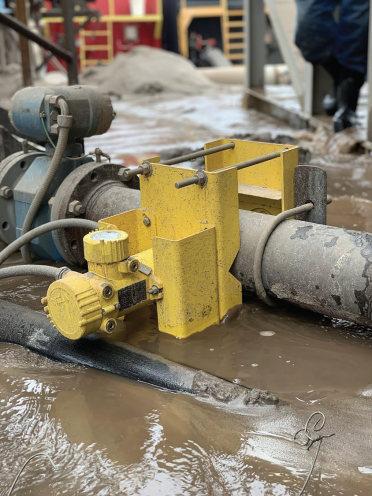
Pressure measurement
Pressure is an important and critical parameter that is measured across different stages. Using electronic differential pressures transmitters on the suction and discharge of pumps provides static and differential pressure. This information helps avoid dry runs, cavitation, leaks, sealing, vibration and mechanical issues. This, in combination with the flow rate, can help operators run the pumps at the best efficiency curve. As these pressure transmitters are subjected to pressure shocks and as the overload pressure of metal diaphragm sensors are limited, overpressure protectors are added to the hookup. On the other hand, on using ceramic based pressure transmitters, these extra accessories are not needed due to their high overload resistance which can be up to 200 times than of metal diaphragms.
Pressure transmitters are also installed along the pipes to measure the pressure drops that can occur. An important reason to use ceramic sensors on the pipes is the abrasion protection it offers. In aggressive process environments, metallic measuring cells can readily fail through a variety of stresses such as abrasion, impacts, friction, corrosion and high temperatures. CERTEC® ceramic cells are exceptionally hard and abrasion resistant: 10 times harder than stainless steel. This makes them the ideal choice for slurry containing metallic debris or sandladen media. Even strong cleaning agents or mechanical cleaning with a brush have no effect on the measuring cell.
Photo Credit : VEGA
Slurries are an efficient method of transporting , where the ‘solids of interest’ are suspended in a liquid carrier and pumped between different points using a device like a centrifugal pump.
Density measurement
Radiometric densitometers offer a noninvasive measurement on these highly demanding slurry pipelines. Intrusive density measurement are difficult to isolate for any maintenance which is often needed due to the stressful conditions they are subjected to. Noninvasive radiometric measurements are designed using a gamma source which would radiate the other side of the pipe through the slurry. A scintillation based detector on the opposite end measures these radiations to infer the density based on the amount of absorption of these gamma waves. Simply put, lower the slurry density, higher will be radiation detected. Density measurements using radiometric technology can be very accurate even beyond what is needed for a slurry density measurement. Hence, these systems are carefully designed to provide just enough radiations sufficient to achieve an optimum control.
As these devices are demanded more in harsh environments, newer models available in the market have internal electronics that are completely encapsulated and protected from the mine’s dirty, harsh environment. These designs have extended the life of these detectors, hence needing minimal maintenance.
Instrumentations like the Ceramic pressure transmitters and the noninvasive densitometers cover a small, yet significant measurement in slurry pipelines. Along with improvements these technologies offer, automation specialists also prefer them as they provide a huge advantage in interoperability with plant asset management based out of FDT/DTMs and standards like NAMUR. Standardising all instruments on these grounds have provided great benefits to operators in spending less costs on maintenance and stocking less spares. ■
